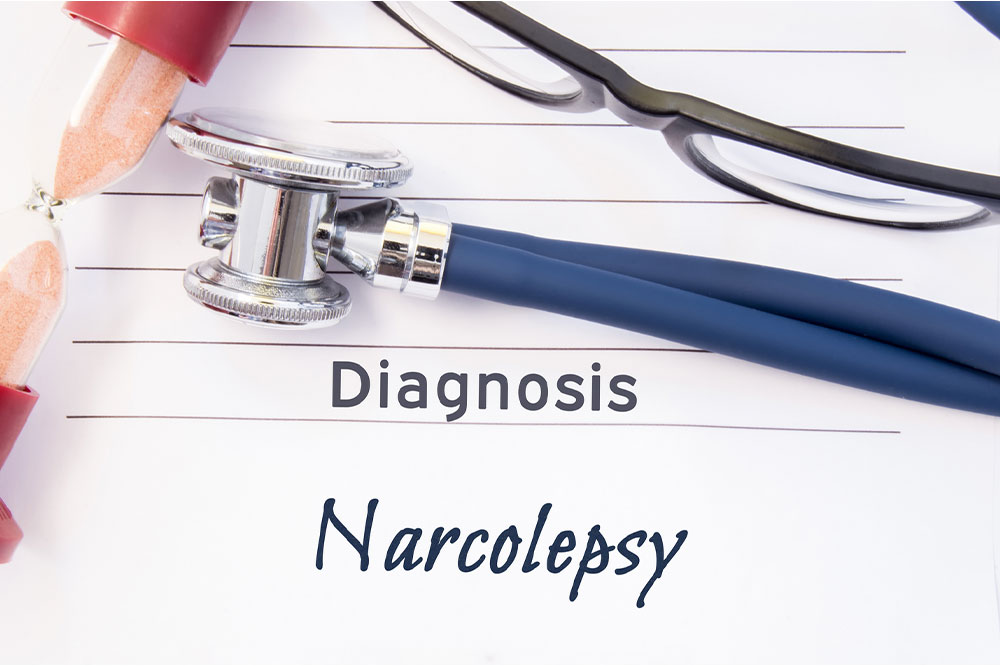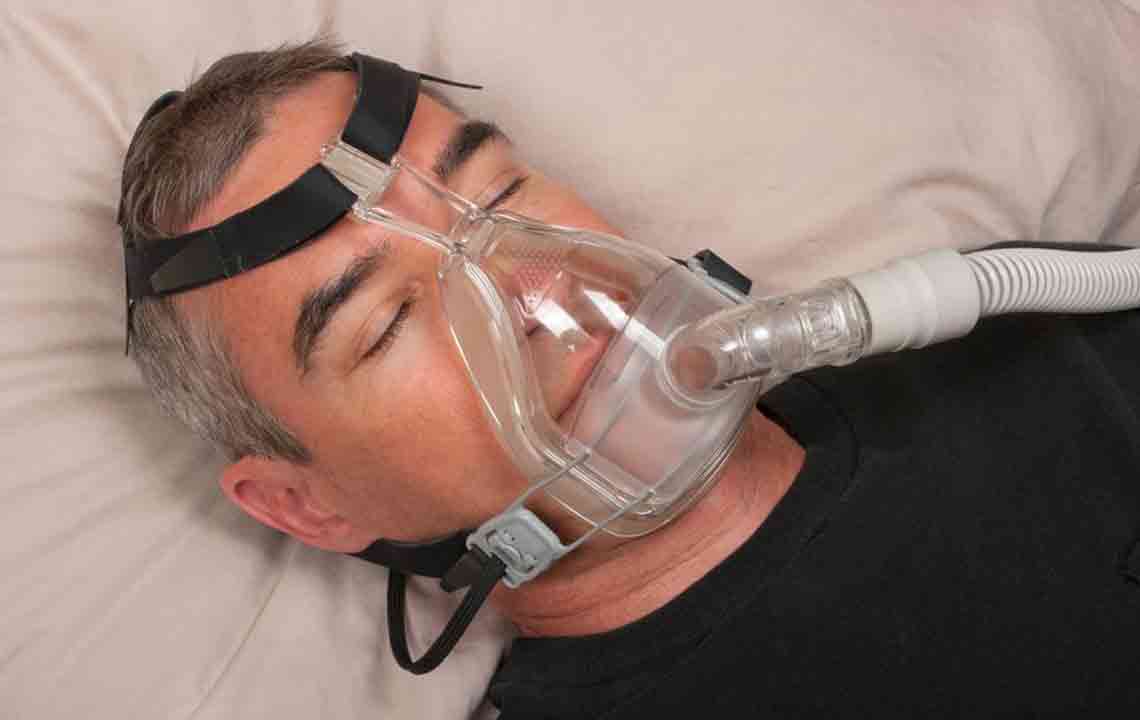Comprehensive Guide to Recognizing the Symptoms of Narcolepsy
Discover the comprehensive signs of narcolepsy, including excessive daytime sleepiness, hallucinations, sleep paralysis, and cataplexy. Early recognition and diagnosis are essential for effective treatment and improving quality of life. Learn about the key symptoms, their impacts, and management options for this neurological sleep disorder.

Comprehensive Guide to Recognizing the Symptoms of Narcolepsy
Narcolepsy is a chronic neurological disorder that significantly impacts an individual's daily life, yet it remains widely misunderstood. This condition is characterized by an uncontrollable and persistent tendency to fall asleep during normal waking hours, often at the most inconvenient moments. The underlying cause is believed to be a deficiency in hypocretin, also known as orexin, a crucial neurochemical responsible for regulating sleep-wake cycles and REM sleep regulation. This neurochemical imbalance disrupts normal sleep patterns and leads to a host of symptoms that can often be mistaken for other health issues or overlooked altogether.
Understanding the core symptoms of narcolepsy is essential for early diagnosis and effective management. Although the full spectrum of symptoms may vary between individuals, recognizing the hallmark signs can help in seeking appropriate medical evaluation and treatment options. In this detailed guide, we explore the key indicators of narcolepsy, mental and physical impacts, and the importance of professional diagnosis.
Research indicates that only about a third of those suffering from narcolepsy exhibit all four major symptoms, making diagnosis challenging without awareness and proper assessment.
1. Persistent Excessive Daytime Sleepiness
The most prominent and defining feature of narcolepsy is an overwhelming sensation of sleepiness that intrudes into daily activities. Unlike typical fatigue, this sleepiness is sudden, intense, and uncontrollable, often leading to sleep attacks—episodes where individuals fall asleep suddenly without warning. These sleep attacks can occur during activities like eating, working, or even while driving, posing significant safety risks.
While some individuals may not fall asleep completely, the profound fatigue can impair cognitive functions such as concentration, decision-making, and memory. Many experience a phenomenon called automatic behavior, where they perform routine tasks without full awareness or recall, which often occurs during these involuntary sleep episodes. Chronic daytime sleepiness severely reduces quality of life and can cause emotional distress, social withdrawal, and job-related difficulties.
It's important to understand that excessive daytime sleepiness is not simply feeling tired; it is an uncontrollable sleep urge that cannot be ignored or alleviated with rest alone. Recognizing this symptom is critical for distinguishing narcolepsy from other sleep disorders or health issues.
2. Vivid Dreams and Sleep Paralysis
Individuals with narcolepsy frequently experience vivid, often frightening hallucinations during sleep transitions—either as they fall asleep or upon awakening. These hallucinations involve intense visual, auditory, or tactile sensations that can make the individual believe they are experiencing real events, leading to confusion and fear.
Sleep paralysis is another common symptom, characterized by temporary muscle atonia that occurs when transitioning between sleep and wakefulness. During paralysis, a person is fully conscious but unable to move or speak, often accompanied by frightening hallucinations. These episodes can last from a few seconds to several minutes and are a source of significant anxiety for patients. Despite being terrifying, sleep paralysis is benign and does not cause physical harm but indicates disrupted REM sleep regulation.
3. Cataplexy: Sudden Loss of Muscle Tone
One of the hallmark symptoms exclusive to narcolepsy type 1 is cataplexy—an abrupt, transient episode of muscle weakness or paralysis. Unlike general fatigue, cataplexy is triggered by strong emotions, especially laughter, anger, surprise, or excitement. Depending on severity, muscle weakness may affect just a part of the body, such as the knees or facial muscles, or cause complete collapse—a sudden fall that can be mistaken for fainting.
Individuals experiencing cataplexy remain conscious throughout the episode, which can last from a few seconds to several minutes. The severity and frequency of these episodes vary among patients. For those with frequent or severe episodes, living safely becomes a challenge, especially during activities that provoke emotional responses. The exact neurological mechanism involves abnormal REM sleep intrusion into wakefulness, leading to sudden loss of muscle tone while fully alert.
4. Other Associated Symptoms
Beyond the primary signs, narcolepsy is associated with multiple other symptoms that affect sleep quality and overall well-being. Many individuals experience difficulty maintaining restful sleep, leading to fragmented sleep patterns, insomnia, or restless sleep cycles. These sleep disturbances exacerbate daytime fatigue and can cause mood disorders such as depression and anxiety.
Other common complaints include impaired concentration, memory deficits, and emotional instability. The pervasive nature of sleep irregularities often results in decreased productivity, strained relationships, and lowered quality of life. Addressing these symptoms involves a multidisciplinary approach, encompassing medication, behavioral modifications, and lifestyle adjustments geared toward improving sleep hygiene and managing triggers.
In conclusion, narcolepsy is a complex neurological disorder characterized by distinct symptoms that severely impact daily functioning. Accurate diagnosis relies on recognizing the hallmark signs—excessive daytime sleepiness, hallucinations, sleep paralysis, and cataplexy. If you or someone you know struggles with uncontrollable sleep episodes, sudden muscle weakness, or vivid hallucinations, consulting a sleep specialist is crucial. Proper management can significantly improve quality of life and help individuals regain control over their sleep and wakefulness.





